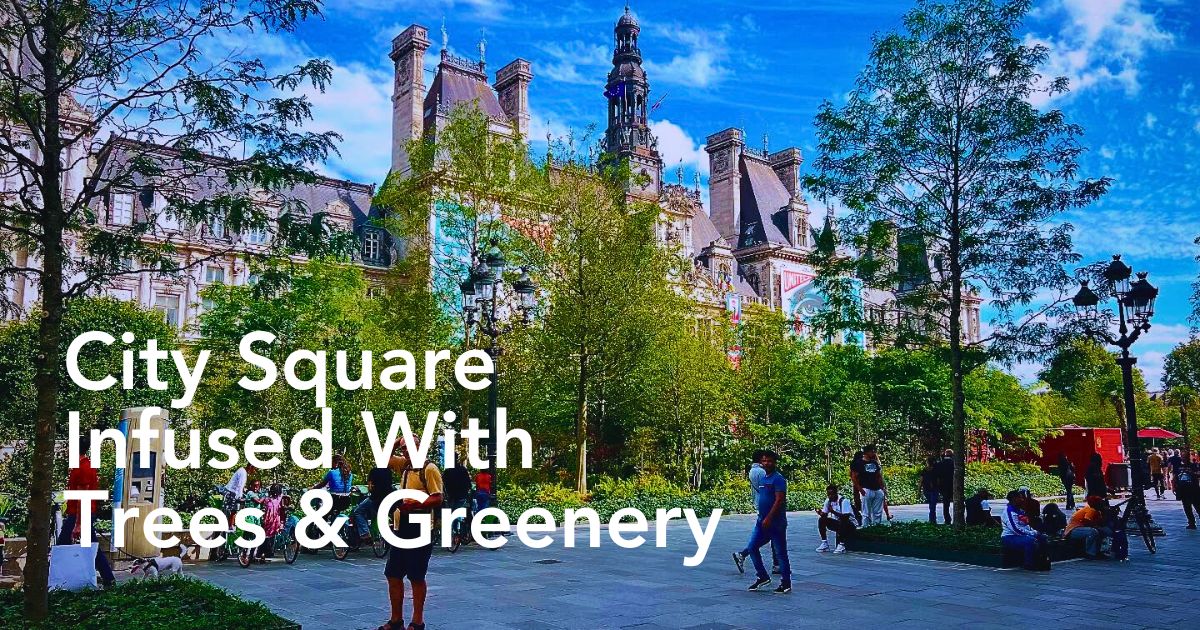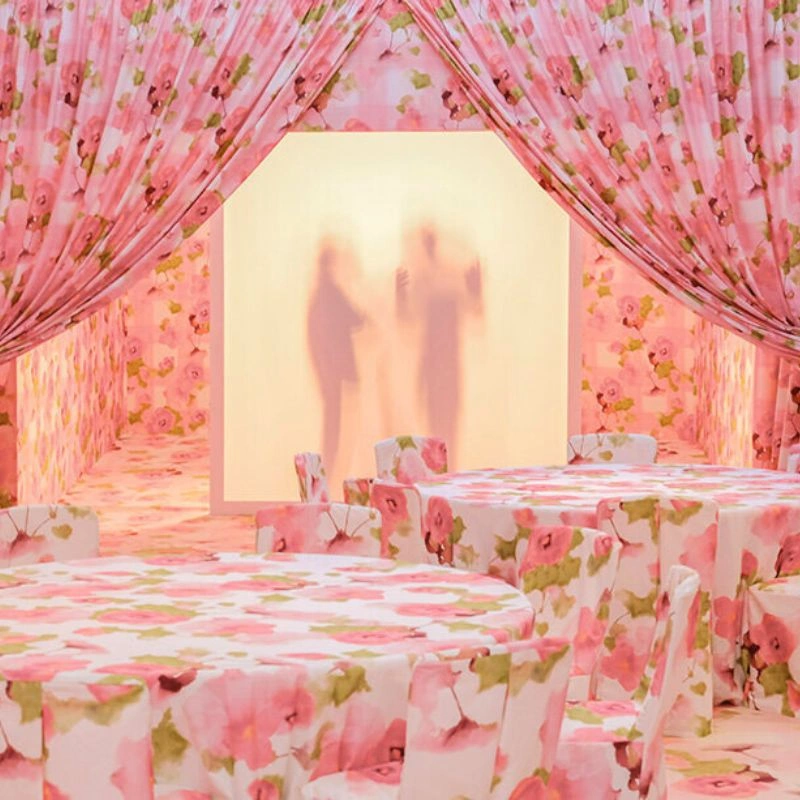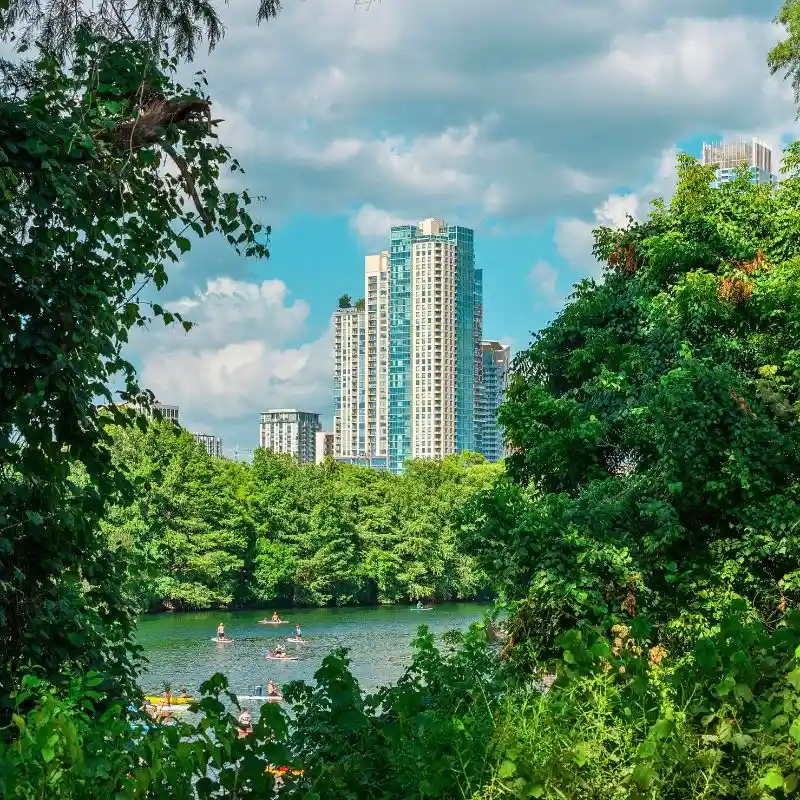One of Europe's most historically significant cities, where cobblestones have witnessed moments of political upheaval and cultural revolution, Paris has once again proven its knack for bold reinvention. Once a sprawling expanse of virtually unforgiving concrete and stone, the city's Place de l'Hôtel de Ville has undergone a metamorphosis so resonant; it practically defies the basic idea of what urban spaces can be. Previously a concrete stretch framed by historic grandeur, the square of Hôtel de Ville now pulsates with greenery and towering trees of an urban forest.
Feat of Green Engineering
The birth of this urban forest traces back to Paris's ambitious ecological agenda, part of a wider drive to reclaim concrete spaces for nature. Initiated in late 2024, the project transformed the forecourt of the iconic Hôtel de Ville—a site steeped in history as the seat of municipal governance and a venue for public gatherings—into a lush woodland retreat.
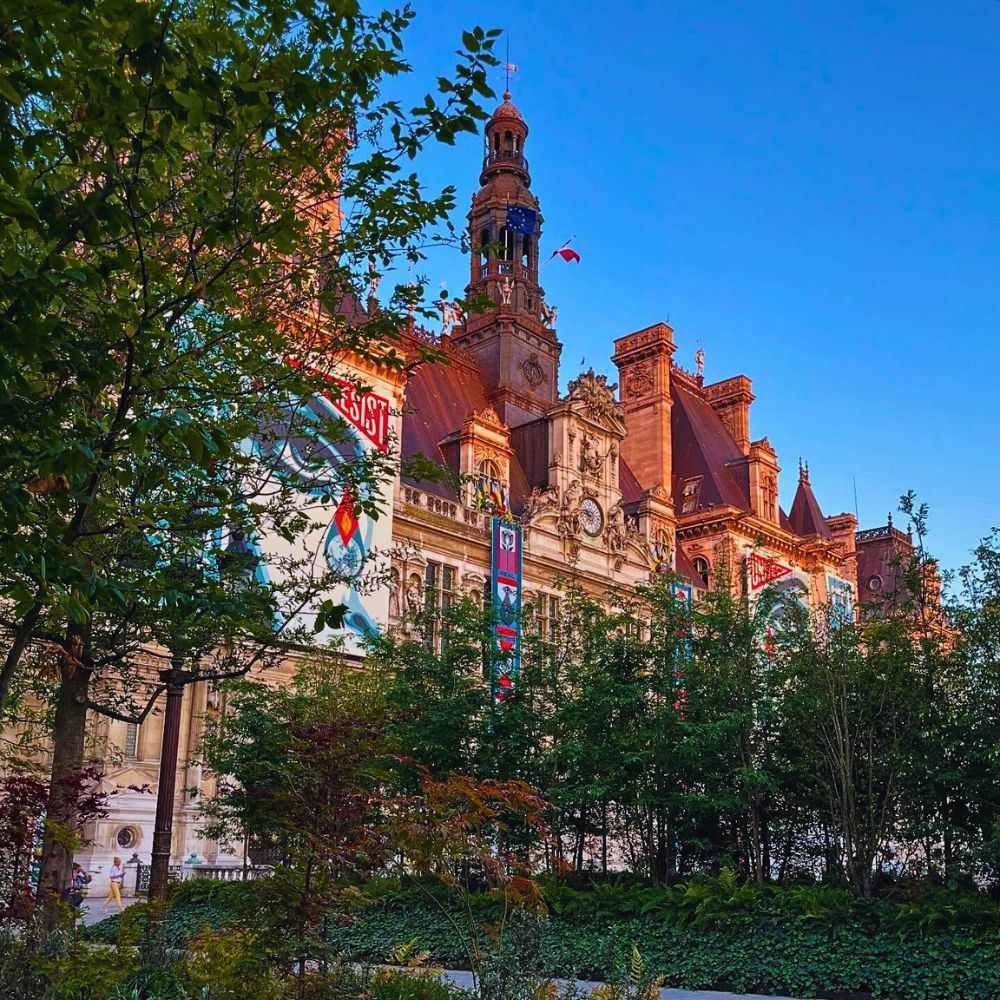
This urban forest was inaugurated on June 21, 2025, the day of the Fête de la Musique. Its amazing makeover presents much more than simple landscaping, as it embodies a deliberate response to the escalating challenges of urban climate adaptation. The greening project covers an area of 2,500 square meters, including 1,000 square meters of open ground, effectively converting approximately one-quarter of this historic square into a breathing, forested ecosystem, alive with the throb of nature.
The scope of this project becomes apparent when sampling the botanical diversity now flourishing where tourists once endured the harsh glare of unshielded sun reflecting off stone and concrete surfaces. The parvis’ urban forest incorporates up to 150 trees—50 of which are in the middle of the ground, some up to 10 meters high—including local species resistant to climate change, like oak, hornbeam, honey locust, and Julian's hackberry. They are accompanied by more than 20,000 plants, including shrubs and ferns, to create a forest atmosphere amid the urban backdrop.
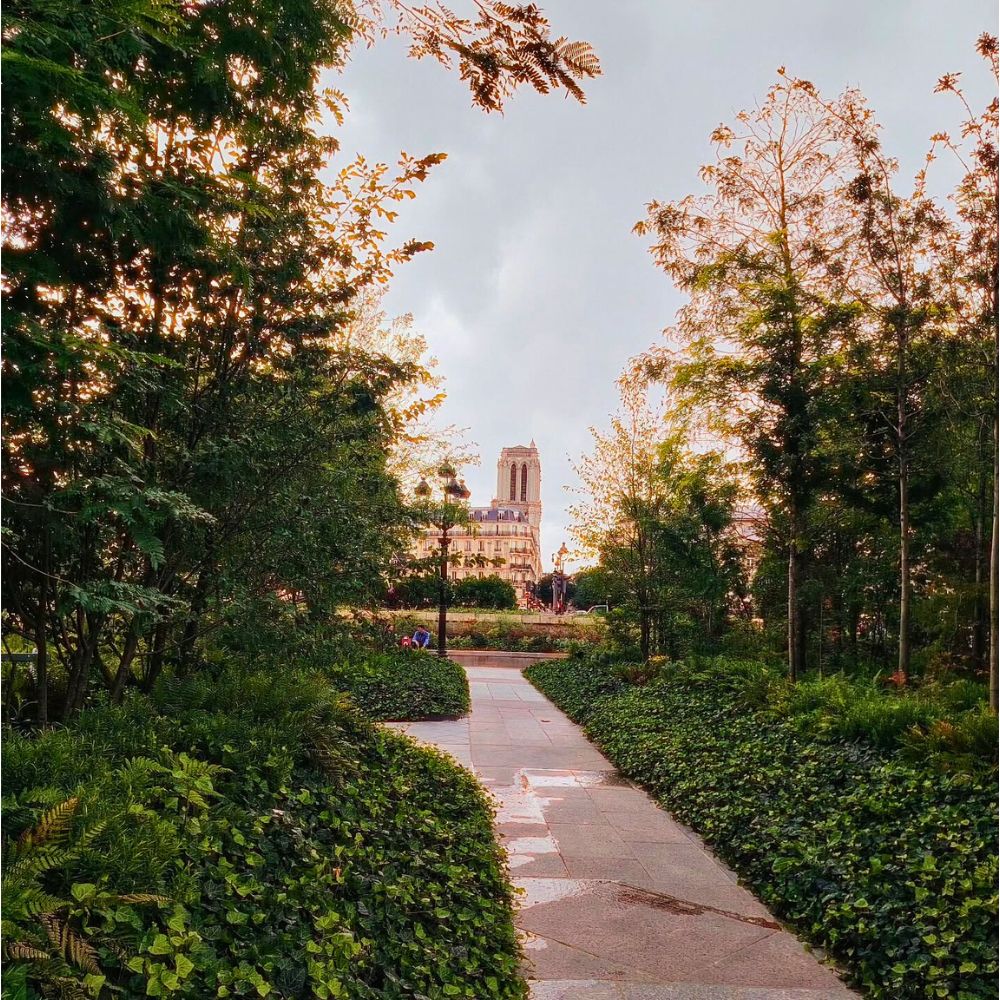
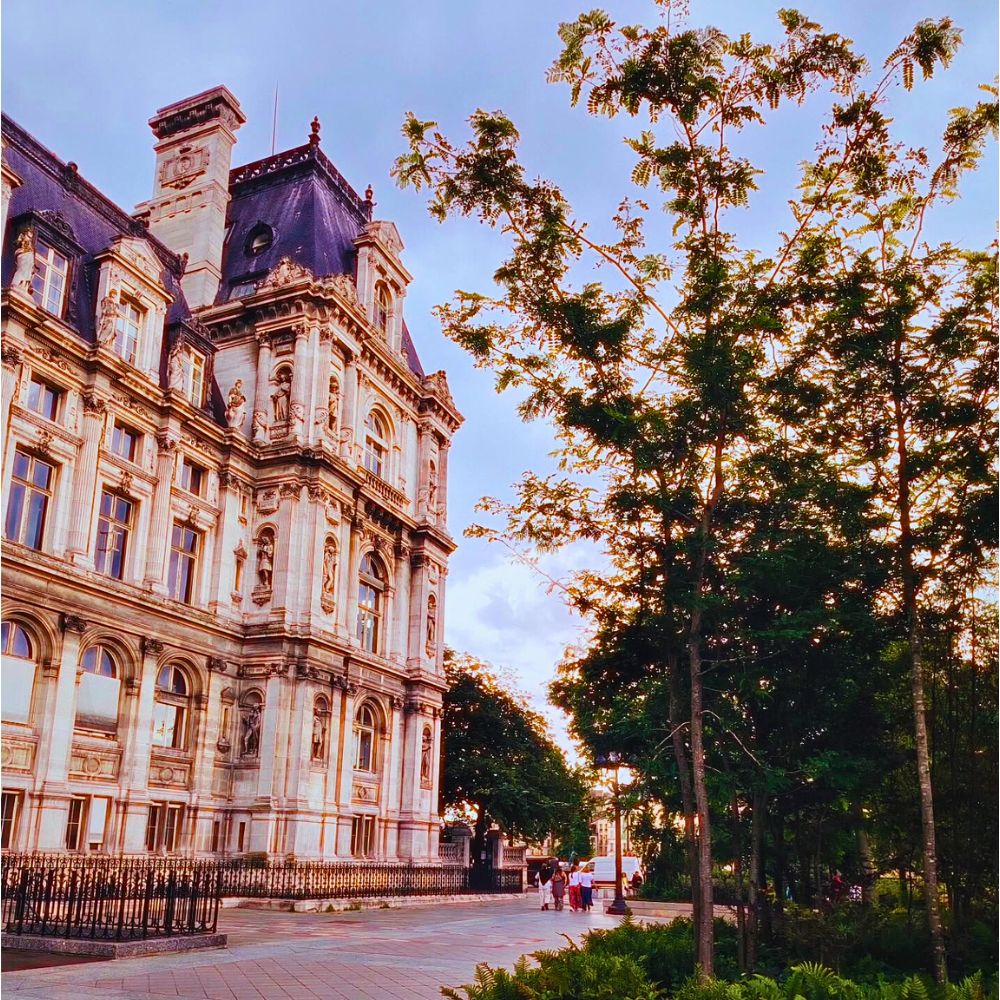
And the best thing? This is just one of hundreds of other re-greening projects underway in the city. Who thinks urban spaces and city squares cannot breathe again? Or that those who frequent these spaces cannot breathe easy all over again? The square’s historic fountains, dating back to the 19th century, now sit amid verdant borders, their waters reflecting dappled sunlight through leaves. Its Davioud benches—iconic Parisian fixtures—seem to beckon passersby to linger in shaded nooks, while pathways wind through wooded copses, offering respite from the surrounding Le Marais District's bustle.
Engineering Solutions for Urban Challenges
The transformation of this iconic Parisian landmark required some innovative engineering solutions that other cities could study and emulate. While the presence of an underground parking lot under the forecourt posed a major technical challenge, to ensure the viability of the project without modifying the existing structure, the trees were planted on the two available areas of open ground. This constraint actually drove creativity, resulting in wooded copses installed on either side of the forecourt to provide cool, shaded areas.
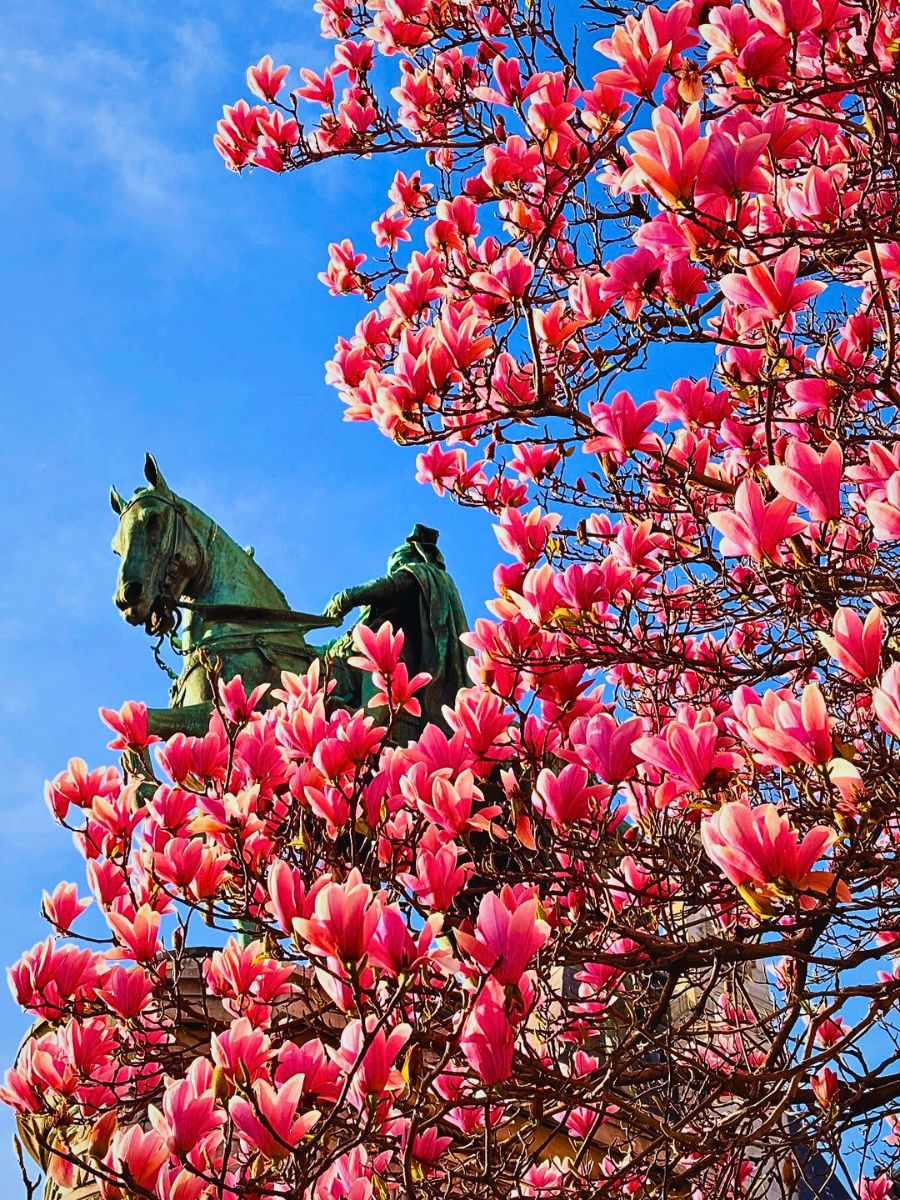
Thus, in just a few months, Paris managed to turn this concrete jungle into a lush urban forest, offering protection from heat waves and completely changing the face of a key touristy area. The rapidity of this renovation shows what could be when administrative will aligns with environmental necessity and innovative urban planning.
Balancing Heritage With Innovation
Perhaps most impressively, this greening has been achieved without sacrificing the square's historical significance or functional requirements. The historic fountains on l’Hôtel de Ville’s forecourt were integrated into the project, now surrounded by vegetation; a balance between architectural heritage and the new urban forest. Plus, the design ensures that the center of the forecourt remains unobstructed, enabling continued hosting of events, although the space is slightly reduced to accommodate the new plantings and remodeling. The designers’ subtle balance between preservation and innovation offers a masterclass in heritage-sensitive urban development.

The project also maintains clear sightlines to Notre-Dame Cathedral while still creating intimate spaces where one can escape the intensity of urban life. Ambling through the tree-lined alleys and enjoying the freshness and ambiance makes one appreciate the profits of transforming what was once a transit space into a place worthy of lingering.
Climate Adaptation in Action
Basically, this greening is part of a bigger plan to fight global warming and urban heat islands, and position Paris at the pole position of climate-conscious urban development. The deliberate selection of hardy species shows strategic thinking about long-term sustainability. The tree species were picked for their resistance to an urban environment, particularly exposed to pollution, and also due to their foliage density, color, and heat resistance.

The urban forest, then, presents a vital tool against the urban heat island effect that plagues dense metropolitan areas. During increasingly frequent heatwaves, these green spaces provide essential cooling through evapotranspiration and shade, creating what planners would call ‘islands of freshness’ in the urban fabric.
A Prototype for Urban Forest Innovation?
A follow-up to other similar projects like the Place de Catalogne and the Bois de Charonne, with plans for the next one at Place du Colonel-Fabien already in development, the Place de l'Hôtel de Ville’s transformation shows a comprehensive approach to urban environmental adaptation. It offers a replicable model for cities grappling with similar challenges, proving that even the most historically sensitive urban spaces can accommodate significant environmental interventions.
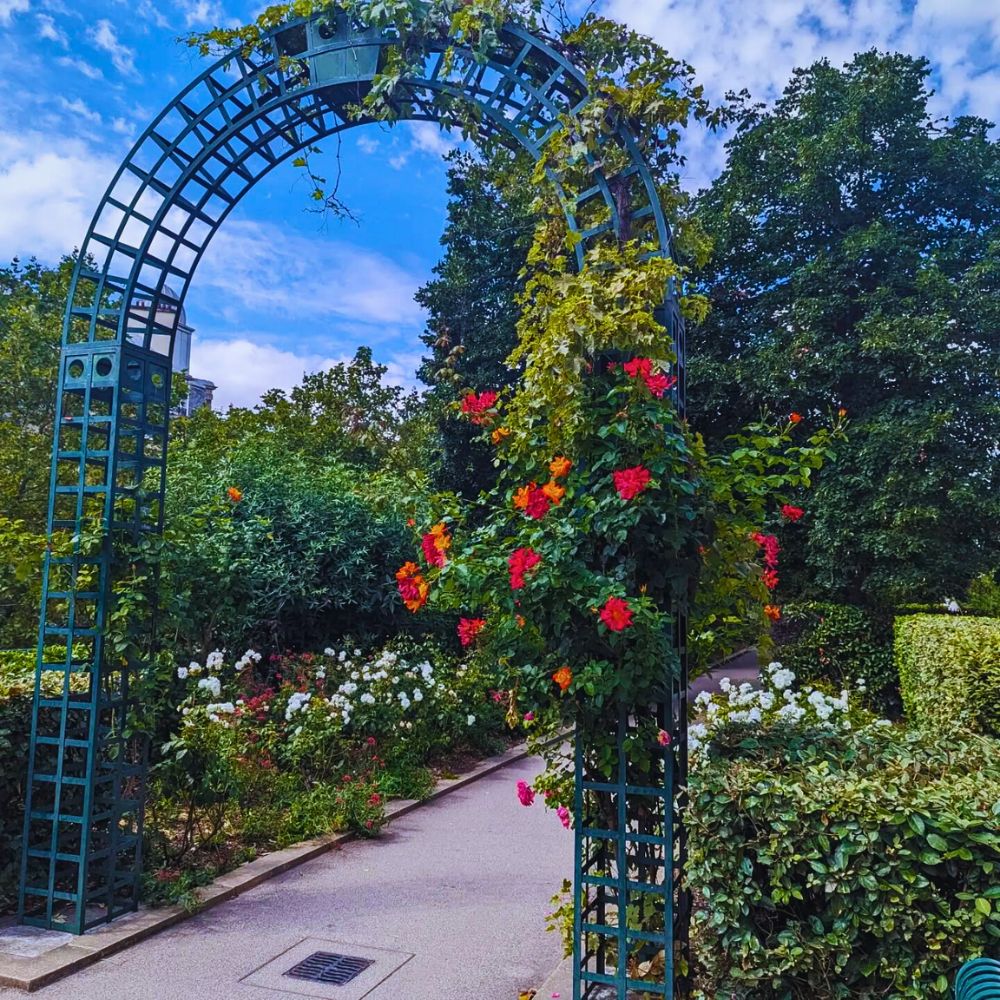
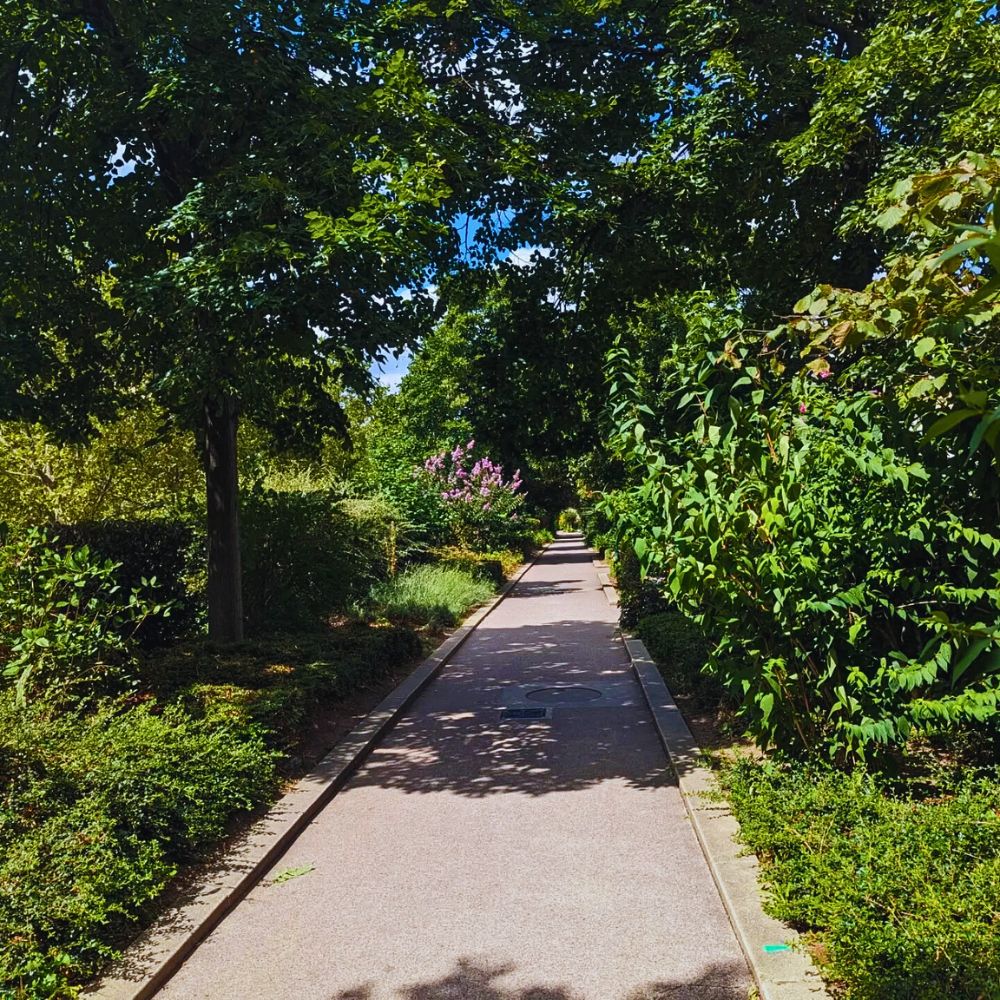
In this project, Paris has essentially created a blueprint for sustainable urban transformation. The technical solutions developed for underground infrastructure constraints, the integration of heritage elements, and the selection of climate-resilient species provide practical guidance for municipal planners.
While cities, from Barcelona to Singapore, are already implementing similar urban forest initiatives, Paris's approach to l’Hôtel de Ville’s square stands out for its scale, speed of implementation, and successful integration of various competing demands—historical preservation, event hosting, tourist accommodation, and climate adaptation. So, as urban populations continue to grow and climate pressures intensify, the question is not whether cities can afford to implement such transformations, but rather whether they can afford not to.
Feature image by @eneide_iliade. Header image by @toinou931.

